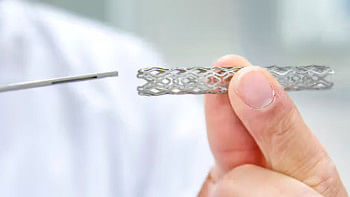Myths and fears
Universal access to reproductive health (RH) is one of the sub-targets for the Millennium Development Goal number five which is to improve maternal health. One of the major barriers to improve the universal access to reproductive health is myths and fears associated with RH.
In rural areas of Bangladesh, there is prevalence of local knowledge about RH that differs significantly from the medical/scientific school of thought. For instance, there is a certain belief regarding menstruation that a woman should not visit specific places or avoid certain foods during that time. These ideas deriving mainly from the elderly members of the population, can present challenges to girls beginning their menstrual cycles. As a result, girls are kept in the dark about proper medical knowledge and are stopped from reaping the benefits of modern medical innovations.
A more common fear regarding RH is the stigma associated with HIV/AIDS. In Bangladesh the concept of HIV/AIDS usually carries a negative connotation with it and anyone suffering from the disease is looked upon with a sense of skepticism. In addition, misinformation regarding prevention and spread of HIV/AIDS is rampant. These two factors coupled together stop many men and women from accessing medical support as they are afraid to get tested or admit positive results for fear of stigmatization. Due to this, statistical data on those living with HIV/AIDS is not accurate and is likely to be an underestimation.
Another socially-created anxiety is that surrounding the exposure to sex education in Bangladesh. There is a popular belief that sex education and exposure to sex-education materials will lead to more adolescent sexual activity. This puts many to risk as they are kept in the dark regarding many STDs and their preventions leading to greater health hazards. Moreover, many people can shy away from seeking medical support upon contraction of STDs due to the stigma attached to that.
Another problem is that many men and women withdraw from consulting with nurses or doctors of the opposite sex. For instance, a male patient often finds it uncomfortable to openly discuss his problems relating to RH with female doctors or nurses. Conversely, a female patient feels reserved to talk about her problems with health providers of the opposite sex. This inhibition serves as a barrier for many from attaining RH support.
In order for RH programs and policies to be effective, it is important that these policies take into account the role of religious attitudes in Bangladesh. A considerable degree of RH organizations received favorable cooperation from community religious leaders. However, when it came to topics of intimacy between unmarried people, these leaders refused to cooperate. This leaves a certain section of people outside the circle of RH services.
An interesting point to note is that Sylhet and Chittagong need the highest priority when it comes to reproductive health services. Modern contraceptive prevalence rate is the lowest and the rate of unmet need for family planning is the highest in these two divisions. It should be pointed out that Sylhet and Chittagong also have the lowest secondary school enrolment rates, implying they are lagging behind in education compared to other divisions. Lack of education can be one of the reasons why awareness about RH is low in those divisions.
Access to proper RH is crucial as it not only ensures good health to the parents but also to the children. Attention must be given in order to eradicate the barriers in order to improve access to RH in Bangladesh otherwise Millennium Development Goal number five 'Improving maternal mortality' would not be attained.
The writer is the head of research at The Daily Star and can be reached at [email protected]


 For all latest news, follow The Daily Star's Google News channel.
For all latest news, follow The Daily Star's Google News channel. 



Comments